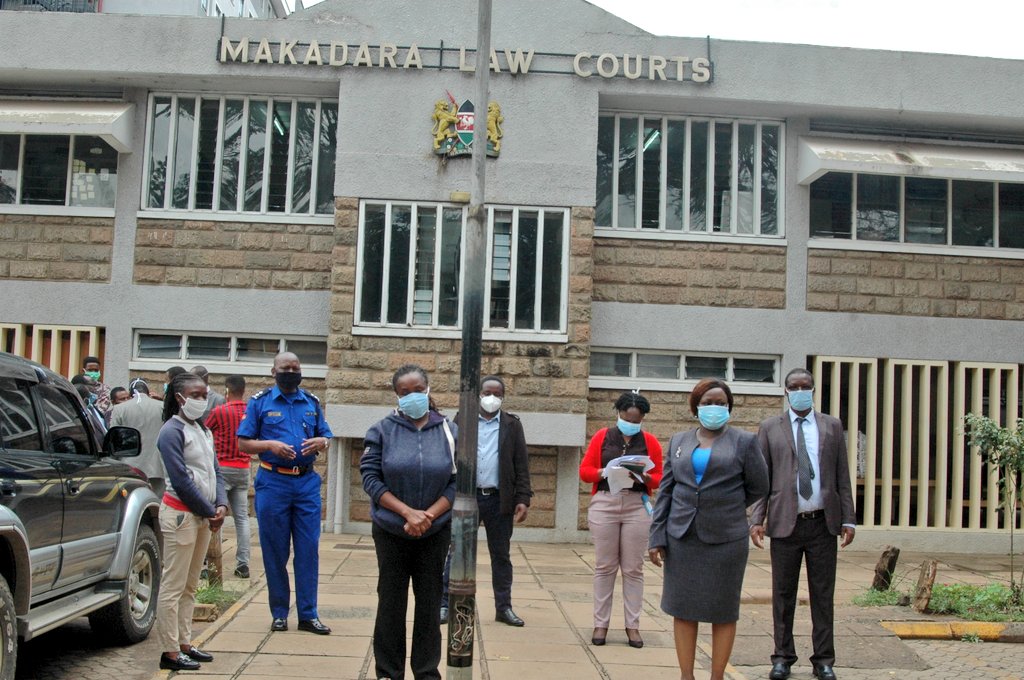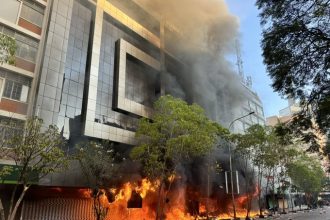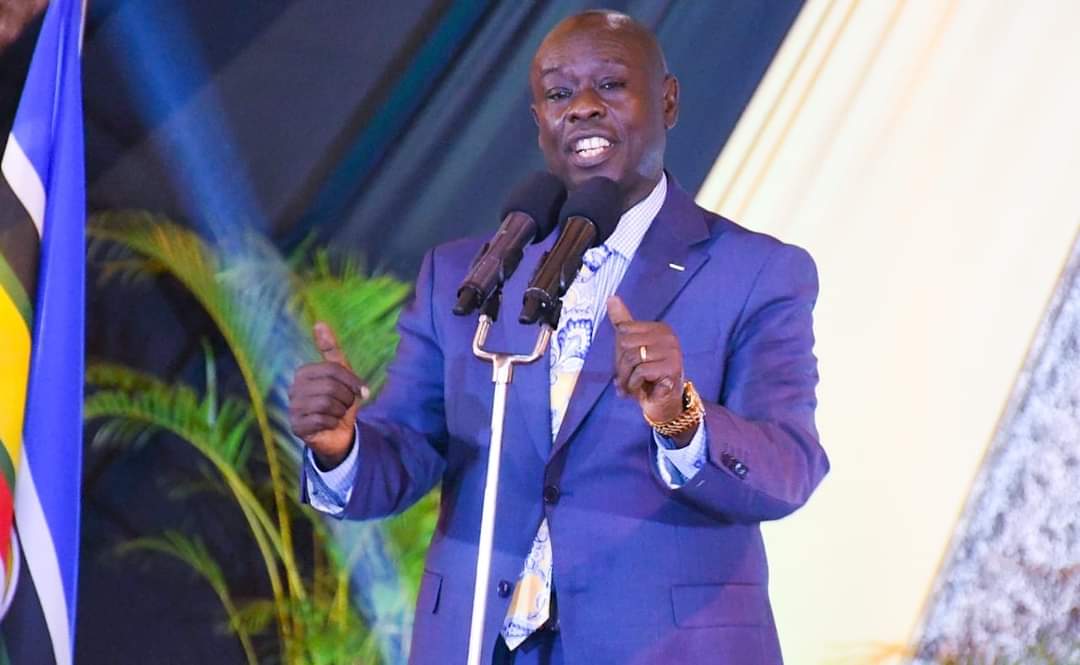Residents in nine Nairobi slums will soon have the option to purchase electricity from private distributors, marking a significant shift in Kenya Power’s distribution strategy. This change comes five months after the energy regulator granted approval for such arrangements.
Kenya Power has extended invitations to private companies to establish and maintain medium and low voltage power distribution networks in the following slums: Mukuru, Mathare, Kibera, Kibagare, Deep Sea, Mji wa Huruma, Githogoro, Kiambiu, and Kamukunji. The collective customer base in these areas is estimated to exceed half a million households and small businesses, currently constituting a part of Kenya Power’s overall customer base of approximately 9 million.
Under this arrangement, private power distributors will procure electricity from Kenya Power at reduced rates and subsequently sell it to consumers within these areas. Consequently, these private entities will be responsible for installing their own meters and sub-meters at customer premises and charging for electricity with a profit margin.
This marks a significant departure in Kenya Power’s operations, as it gradually shifts its focus away from retail customers toward its commercial clientele, which, despite forming a smaller segment of its customer base, is a significant source of revenue.
“In pursuit of its vision to deliver excellent services to all sectors of the economy and to diversify its offerings, Kenya Power is exploring innovative retailing models for electricity within designated high-density settlement areas that have historically been underserved,” stated Kenya Power in an Expression of Interest (EoI) notice.
Kenya Power anticipates that this new approach will enhance power supply to densely populated urban areas that currently experience inadequate service and improve the overall safety of electricity distribution.
Notably, retail customers in the mentioned slums are known for electricity theft, resulting in significant financial losses for Kenya Power annually, despite numerous crackdowns failing to curb this issue.
“The intended model will primarily operate within regulated tariffs, prescribed network standards, and the provisions of the Energy Act, 2019. This model will introduce electricity retail entities/agencies within the identified settlement areas, with expected benefits including improved service delivery and public safety within these areas,” Kenya Power further explained.
The utility has also requested prospective power distributors to specify their preferred compensation method, whether through bulk power purchases from Kenya Power with resale at a profit or commissions on energy sales.
These distributors must have demonstrated experience in designing, implementing, and maintaining medium and low voltage power distribution networks.
In areas where Kenya Power has not yet established distribution networks, private developers are expected to build their own infrastructure, including lines, transformers, and poles, a project likely to involve substantial investments.
This development follows the approval of new power tariffs by the Energy and Petroleum Regulatory Authority (Epra), which took effect on April 1. Among these tariffs are bulk rates introduced in accordance with Section 163 of the Energy Act, 2019. These tariffs allow large consumers to purchase power in bulk from Kenya Power and retail it to their end-users.
Large customers in category CI5 will purchase power at a bulk base tariff of Sh11.98 in the current financial year ending June 2024, Sh11.40 in FY2024/25, and Sh11.16 in FY2025/26. In comparison, unsubsidized domestic consumers will acquire electricity from Kenya Power at a base tariff of Sh20.58 in FY2023/24, Sh19.08, and Sh18.57 per unit over the next two years, respectively.
This transition is expected to partially offset Kenya Power’s commercial losses, which stood at 22.43 percent in the year to June 2022, nearly half of which were commercial losses. Epra allowed the utility to pass on 19.9 percent of these losses to consumers during that period, with the remainder borne by the company. Kenya Power estimates that for every 1 percent loss, it incurs about Sh800 million, translating to a total loss of Sh2 billion from system losses in that year.




















